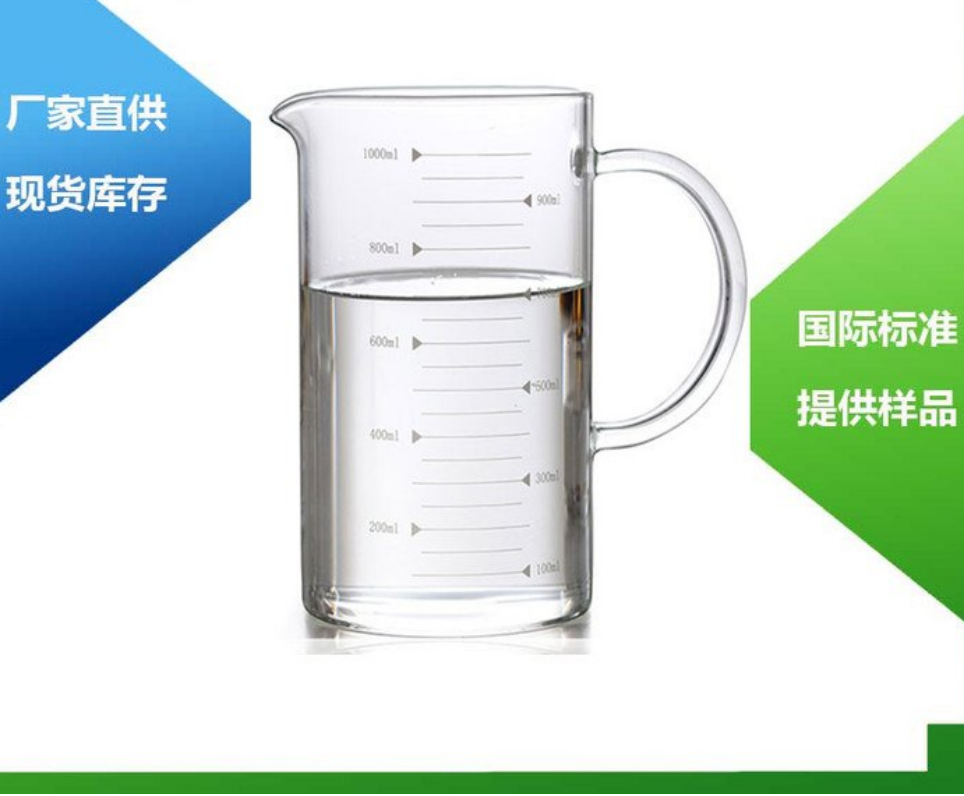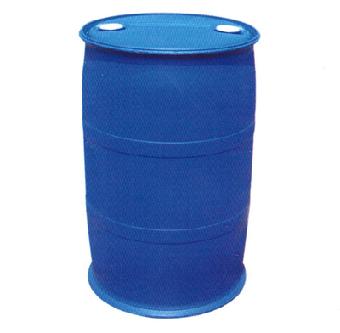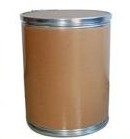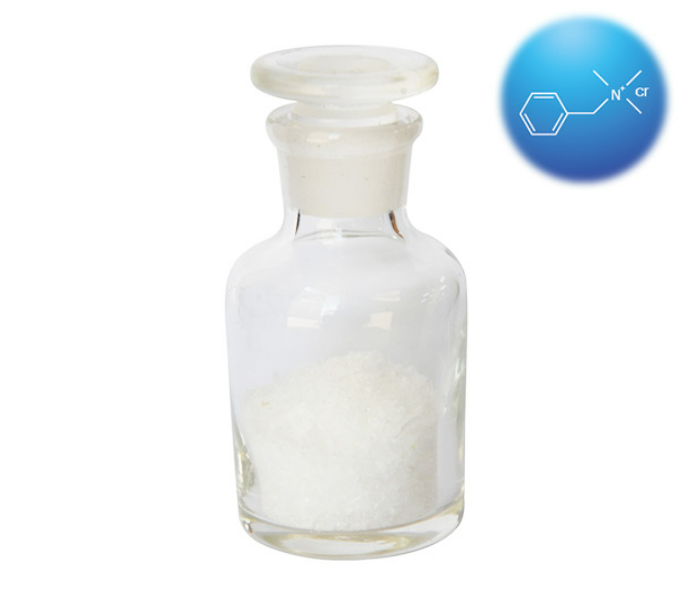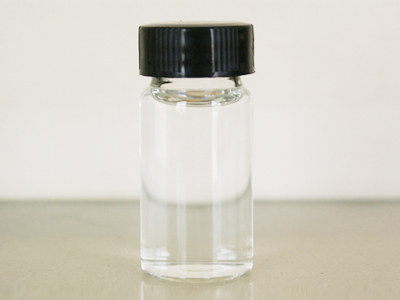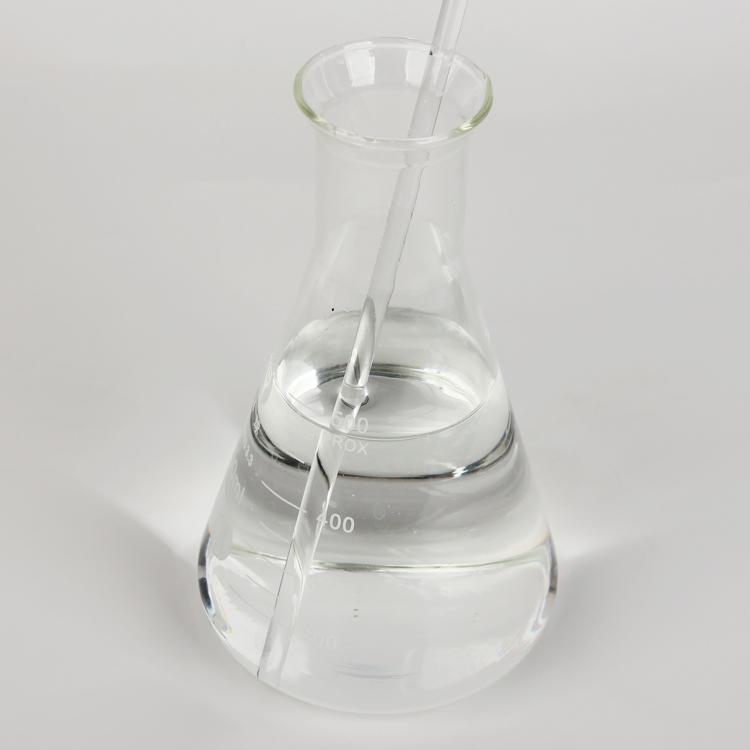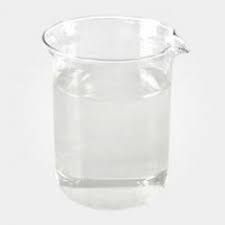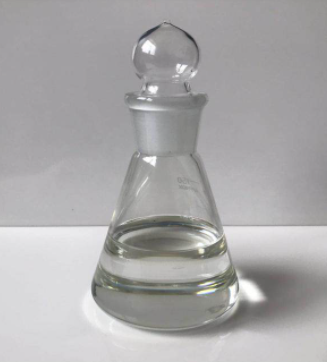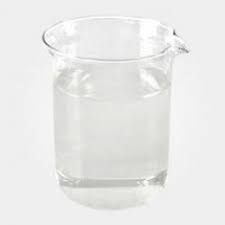Solvent
Find
369
related chemicals for you
CAS:5039-78-1
Molecular Formula:C9H18ClNO2
Alias
More Information
DMC; Dmaema-Q; Metac; 2-Trimethylammonium Ethyl Methacrylate Chloride; Trimethyl-2-Methacroyloxyethylammonium Chloride; Methacroylcholine Chloride
Brief Introduction
DMC is a cationic monomer, which can be homopolymerized or copolymerized with other monomers to prepare cationic polymer. The resulting polymer has strong polarity and affinity for anionic substances, so it can be widely used as cationic flocculant. It can be used in sludge dewatering process of sewage treatment plant and wastewater treatment in papermaking, coal flotation, printing, dye and other industries. In addition, DMC can also be used to produce acid resistant super absorbent resin, oilfield chemicals, fiber additives and other fine polymer products.
Suppliers
View More Vendors (4) >
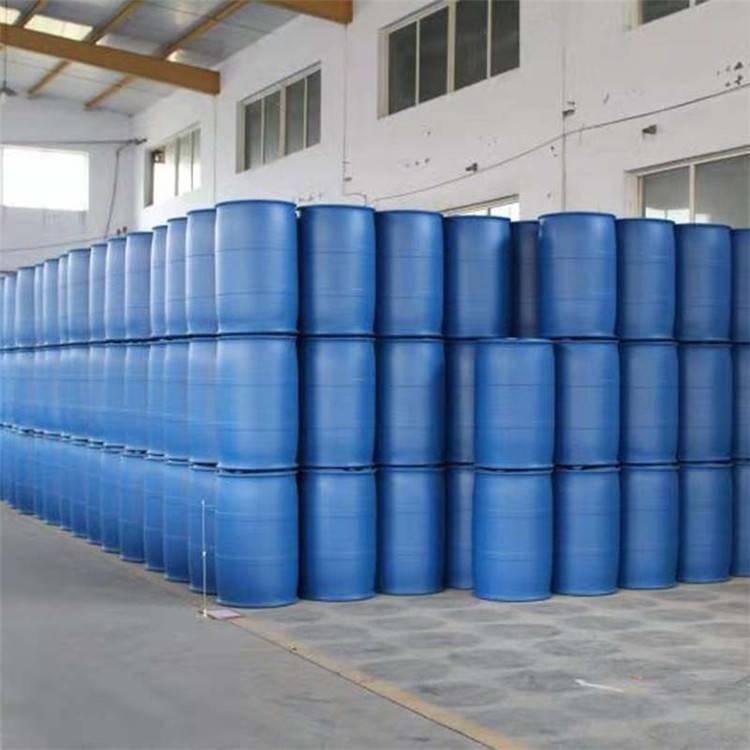
Enterprise standard
/
Tech Grade
1100kg
/
Plastic Drum
Qingdao Renas Polymer Material Co.,Ltd.
78%
/
Tech Grade
200kg
/
Plastic Drum
CAS:56-93-9
Molecular Formula:C10H16ClN
Alias
More Information
Benzyl Trimethyl Ammonium Chloride (Btmac50) Surfactant; Benzyl Trimethyl Ammonium Chloride (Btmac60) Surfactant; N,N,N-Trimethyl-Benzenemethanaminiuchloride; N-Benzyl-N,N,N-Trimethylammonium Chloride
Brief Introduction
It is used for the determination of platinum, palladium, mercury and gold, as emulsifier and polymerization inhibitor.
Suppliers
View More Vendors (4) >
CAS:68-12-2
Molecular Formula:C3H7NO
Alias
More Information
Ethyl A-Dimethylcarbamoylacetate; Dimethylformamide; N,N-Dimethyl Formamide; N,N-Dimethyl-Formamide; N,N-Dimethylformamid; Dimetylformamide; N,N-Dimethyl-Malonamic Acid Ethyl Ester; Ethyl N,N-Dimethylamidomalonate; Dimethylcarbamoylessigsaeure-Ethylester; Formamide, N,N-Dimethyl-; Dimethyl Formamide; Amide,N,N-Dimethyl-Formicaci; Dimethylamid Kyseliny Mravenci; DMF; N, N Dimethyl Formamide; N,N-Dimethiformade
Brief Introduction
Dimethylformamide is a good organic solvent and widely used. In petrochemical industry, dimethylformamide can be used as gas absorbent to separate and refine gas. As a washing and curing agent in polyurethane industry, it is mainly used in wet synthetic leather production; As a solvent in acrylic fiber industry, it is mainly used in dry spinning production of acrylic fiber; In the electronic industry as tinning parts of quenching and circuit board cleaning, etc; Other industries include carriers of dangerous gases, solvents for drug crystallization, adhesives, etc. In organic reactions, dimethylformamide is not only widely used as a solvent, but also an important intermediate in organic synthesis. It can be used to produce Chlordimeform in pesticide industry; In the pharmaceutical industry, it can be used for the synthesis of iodamine pyrimidine, doxycycline, cortisone, vitamin B6, iodoside, qupinjing, thiadiazine, n-formylsarcoma lysin, antineoplastic acid, methoxyaryl mustard, benazepril, cyclohexylnitrosourea, furafluorouracil, hemostatic acid, betamethasone, megestrol, danvita, chlorphenamine and sulfonamides. Dimethylformamide plays a catalytic role in hydrogenation, dehydrogenation, dehydration and dehydrohalogenation, which reduces the reaction temperature and improves the purity of the product.
Suppliers
View More Vendors (3) >
苏州嘉鼎化学有限公司
99.9%
/
-
CAS:71-23-8
Molecular Formula:C3H8O
Alias
More Information
Propanol-1; Fema 2928; N-Propylalcohol; Propyl Alcohol; Propanole; Propanoli; Propanolen; Propanol; Albacol; Optal; 1-Propyl Alcohol; N-C3H7Oh; Propan-1-Ol; Normal Propyl Alcohol; N-Propanol; n‑Propanol
Brief Introduction
N-propanol is directly used as solvent or synthesis of propyl acetate. In many cases, it can replace ethanol with low boiling point for coating solvent, printing ink, cosmetics, etc. It is used to produce n-propylamine, an intermediate of medicine and pesticide, feed additives, synthetic spices, etc. N-propanol is used in the pharmaceutical industry to produce probenecid, sodium valproate, erythromycin, dianjian'an, adhesive hemostatic agent BCA, propyl thiamine, dipropyl 2,5-pyridine dicarboxylic acid, etc; Various esters synthesized from n-propanol are used in food additives, plasticizers, spices and many other aspects. The derivatives of n-propanol, especially di-n-propylamine, are widely used in medicine and pesticide production. They are used to produce pesticides such as amisulfuron, bactericide, isoprotolin, metoclopramide, sulfrotolin, florol, etc.
Suppliers
View More Vendors (3) >
CAS:78-40-0
Molecular Formula:C6H15O4P
Alias
More Information
Phosphoric Acid Triethyl Ester; Tep; Triethyl Phosphate(TEP); Phosphoric Ether; Phosphoric Acid, Triethyl Ester; Triethylfosfat; Ethyl Acid Phosphate; Diethylphosphoric Acid Ethyl Ester; Triethyl Phosphaye; Phosphatedetriethyle; Ethyl Phosphate; Ethyl Phosphate, Tep; Phosphoric Acid Ethyl; Phosphoric Acid Triethyl
Brief Introduction
Triethyl phosphate is widely used in textile and paper products, as plasticizer, non reactive flame retardant, hardener and accelerator, lubricant, flotation agent, defoamer, emulsifier, stabilizer or extractant in plastics and coatings.
Suppliers
View More Vendors (3) >
Inquiry (
10
/ 10
)
Clear All
You can inquire for up to 10 products at a time
Sign In
Error!

